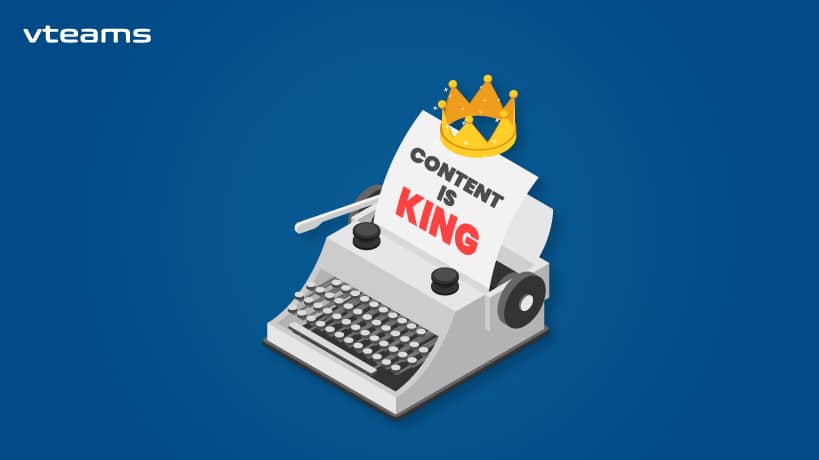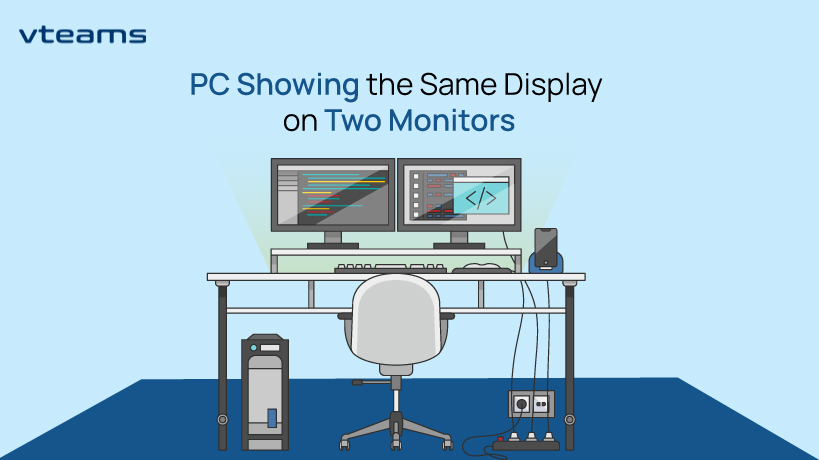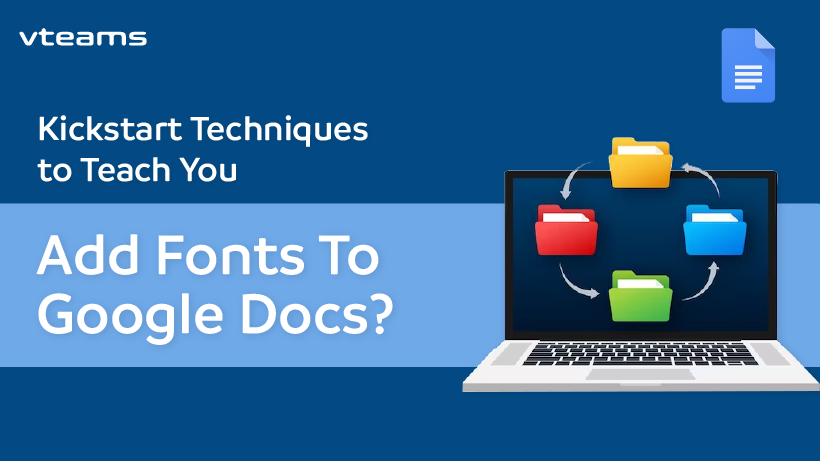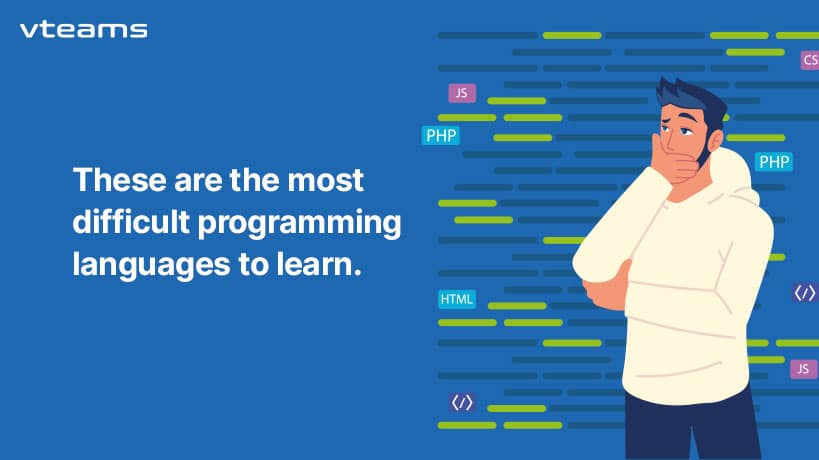There have been numerous articles published that focus on the value of creating good content for websites. In the modern framework, content truly is king. Something not as commonly discussed, however, is that good content can be made great. More good news? Is it isn’t difficult!
Are your images reaching their maximum potential?
You’ve written some amazing content; you’re ready to publish and watch that traffic fly in; but are your images optimized with keywords?
Images not only increase your site’s engagement, they also play a role in getting it extra traffic from search engines like Google. You can easily do this by “naming” your images correctly.
Here’s an example. Let’s imagine you run a blog all about racing motorcycles; while it’s easy to upload an image from your camera to your blog as “dcim0000345.jpg,” if you re-name the image as “RacingMotorcycles.jpg” you’ll have increased SEO in the 30 seconds it takes to do so.
Size does matters, after all.
Another question to ask yourself is, “Did I optimize the file size of my photo?”
If you have images that take more than a couple of seconds to load, people are far more likely to become distracted and click away, leaving that article you spent so long on in the dust in search of a more rapidly moving page. It’s also notable that Google calculates load time in its ranking algorithm.
Wherever possible (unless quality is an issue), upload an image in the smallest file size possible, or learn how to reduce the file size.
Have you considered your title tag?
A title tag is what’s used to describe your page. You can see it at the top of a browser. As well as being visible in the browser window, it is also used by Google and other search engines in search results pages.
When optimizing your web page to rank with search engines like Google, Bing and Yahoo, the title tag is the biggest “on-page factor” other than content for determining a good ranking; simply stated, when a search engine visits your site and reads the title tag, it’s one of the factors helping it decide how high it should rank in the search results.
When optimizing your title tag and adding keywords to help search engines rank your web page, remember that its purpose is to get a customer to click your link, rather than opt for another.
Here are a few other guidelines to keep in mind when writing a great title tag…
Use keywords.
Make sure these keywords match the actual content of the page and aren’t thrown in so heavily that they turn out as an illegible SEO scheme (see how the vteams example above contains keywords but still reads well).
Keep it under 55 characters.
Most people agree that any more is too long.
Don’t duplicate your tags.
As tempting as it may be, write unique title tags for each page. There are even tools available to help you rephrase existing titles to ensure uniqueness. In rare occasions, Google thinks it can select a better title tag for you and will rewrite your tag. Therefore, writing descriptive, page-related and succinct keywords is the best way to set yourself up for title tag success.
What about your meta tags?
What exactly is a meta tag?
A meta tag, while not connected to search rankings, is important in getting potential customers to click your link. Think of it as a short paragraph that gives you an opportunity to demonstrate the subjects your post contains, prompting a reader to click.
Most search engines allow up to 140 characters for meta tag descriptions. It is reported, though, that most search engines will only index the first 20 words. Also remember that it’s NOT just about keywords; create a compelling description that a searching customer will want to click.
A word of caution.
Optimized images and great title/meta tags will be useless if your article doesn’t help your customers.
I’ve seen numerous blog articles that are quite clearly of no value to a customer, “SEO’d” to the point of being unreadable. Sure, they contained all the right keywords, but if they’re of no value then who’s going to take precious time out of their day to read or share them?
To avoid this dilemma, ask your self two simple questions:
1. Why should I read this? Did the article have a compelling headline that a customer would find interesting enough to click on?
2. What was the value I just gained?













0 Comments